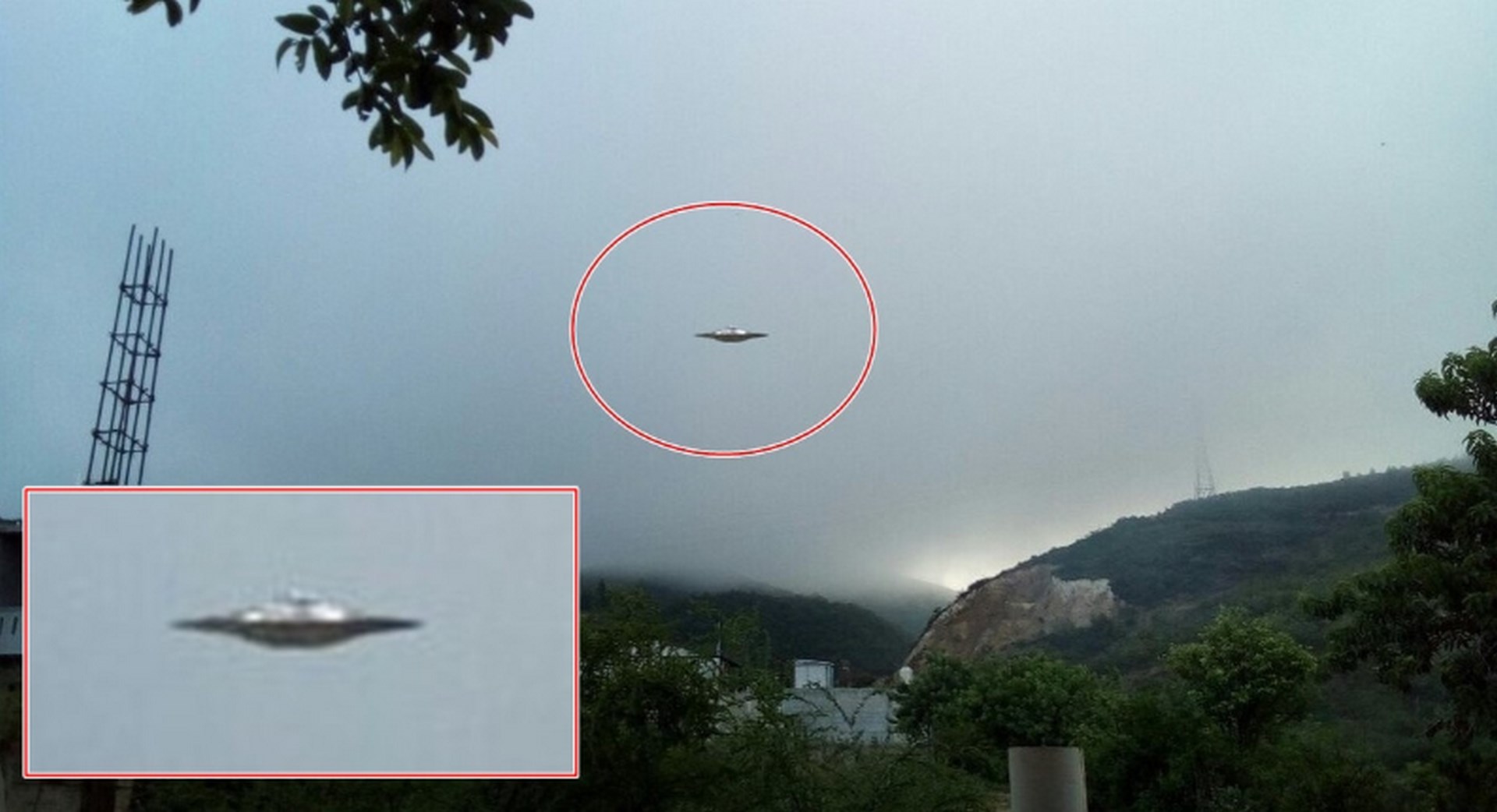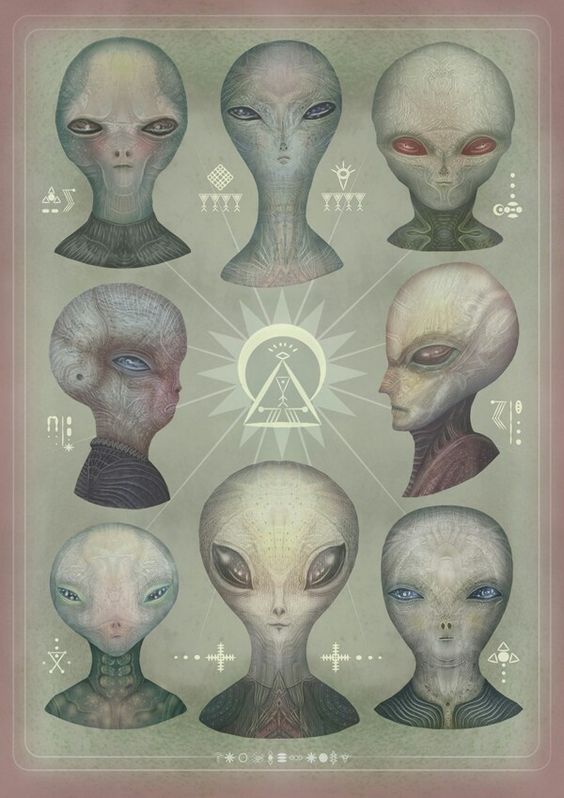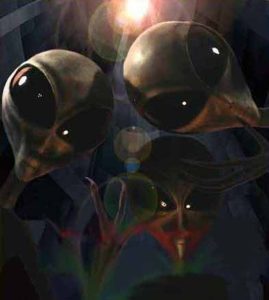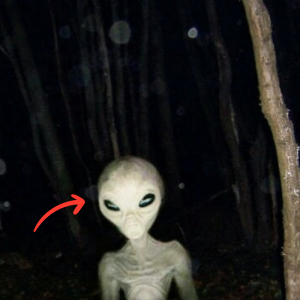Exploring the Cosmic Neighborhood for Life
The discovery of exoplanets—planets orbiting stars outside our solar system—has ignited a fervent quest to identify habitable worlds and unravel the mysteries of potential extraterrestrial life. With thousands of exoplanets detected to date, astronomers and scientists have shifted their focus to pinpointing planets within the habitable zones of their parent stars—regions where conditions might support the existence of liquid water and, potentially, life as we know it. The pursuit of these distant celestial bodies opens a tantalizing window to the possibility of habitable exoplanets and the potential for life beyond our cosmic neighborhood.
Hunt for Habitable Exoplanets: Identifying Goldilocks Zones

The search for habitable exoplanets revolves around identifying planets situated within the “Goldilocks zones” of their host stars—regions where temperatures allow the existence of liquid water, a crucial ingredient for life. Detecting exoplanets within these zones often involves utilizing telescopes and observatories to monitor subtle changes in a star’s brightness as a planet transits across its surface. Missions like NASA’s Kepler and TESS have been pivotal in discovering exoplanets within habitable zones, broadening the scope of potential life-supporting environments.
Biosignatures and Atmospheric Analysis: Seeking Signs of Life

Analyzing the atmospheres of exoplanets provides crucial insights into their potential habitability. Scientists scrutinize the chemical composition of exoplanetary atmospheres for “biosignatures”—molecules or gases that might indicate the presence of life. For instance, the detection of oxygen combined with methane or other organic compounds could signal the existence of biological processes. Advancements in spectroscopic techniques and future missions like the James Webb Space Telescope promise enhanced capabilities for detailed atmospheric analysis, potentially revealing hints of extraterrestrial life.
The Ongoing Quest: Unraveling the Enigma of Alien Habitats

As we navigate the realms of exoplanetary exploration and the hunt for habitable worlds, the fascination with potential extraterrestrial habitats extends beyond scientific curiosity; it embodies humanity’s enduring quest to comprehend the vastness and diversity of the cosmos. The exploration of these distant worlds propels us to approach the possibilities of life beyond our solar system with a blend of scientific rigor and an unwavering curiosity, urging us to delve deeper into the mysteries of distant celestial bodies and their potential for harboring life.
The pursuit of habitable exoplanets intertwines with the ongoing exploration of unexplained phenomena and potential encounters with otherworldly beings. As we delve deeper into the search for habitable worlds beyond our solar system, the examination of potential biosignatures invites us to explore the uncharted territories of exoplanetary atmospheres and potential alien habitats, fostering contemplation about the potential diversity of life in the universe.
At the intersection of scientific exploration and cosmic curiosity lies the quest to uncover habitable exoplanets—an endeavor driven by technological advancement, curiosity, and the pursuit of understanding the potential for life beyond our world. These endeavors encourage us to contemplate the possibilities that surround potential encounters with other forms of life and the ongoing scientific efforts that define our search for habitable environments beyond Earth.
The fascination with habitable exoplanets and the search for signs of life prompts us to acknowledge the intricacies of exoplanetary exploration while also acknowledging the persistent mysteries surrounding the existence of life beyond our solar system. These efforts encourage us to delve into the complexities of astrobiology, urging further exploration and scientific inquiry into the enigmatic realm of habitable exoplanets and the potential for extraterrestrial life.
Regarding the mention of “myterity and alien ufo” at the end of the blog post, it seems to be an unusual or misspelled term. If you’d like me to include something related to mystery or alien UFOs, please provide further details or clarifications, and I’d be happy to assist!









